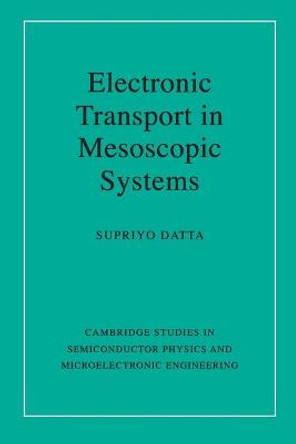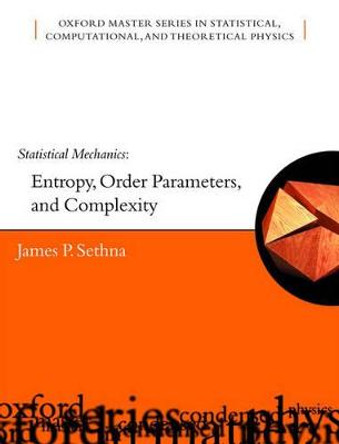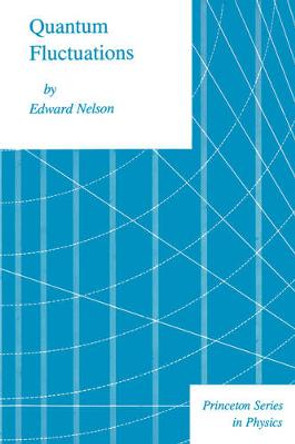The aim of this book is to present a statistical theory of wave scattering by complex systems -systems which have a chaotic classical dynamics, as in the case of microwave cavities and quantum dots, or possess quenched randomness, as in the case of disordered conductors-- with emphasis on mesoscopic fluctuations. The universal character of the statistical behavior of these phenomena is incorporated in a natural way by approaching the problem from a Maximum-Entropy viewpoint -Shannon's information entropy is maximized, subject to the symmetries and constraints that are physically relevant-- within the powerful, non-perturbative Theory of Random Matrices. This is a distinctive feature of the present book that greatly motivated our writing it. Another reason is that it collects in one place the material and notions -derived from the published work of the authors in collaboration with several co-workers, as well as from the work of others-- which are scattered through research journals and textbooks on the subject. To make the book self-contained, we present in Chapters 2 and 3 the quantum theory of scattering, set in the context of quasi-one-dimensional, multichannel systems, thus related directly to scattering problems in mesoscopic physics. Chapter 4 discusses the linear-response theory of quantum electronic transport, adapted to the context of mesoscopic systems. These chapters, together with Chapter 5 on the Maximum-Entropy Approach and Chapter 8 on weak localization, have been written in a pedagogical style, and can be used as part of a graduate course. Chapters 6 and 7 discuss the problem of electronic transport through classically chaotic cavities and quasi-one-dimensional disordered systems. There are many exercises, most of them worked out in detail, distributed throughout the book. This should help graduate students, their teachers and the research scholars interested generally in the subject of quantum transport through disordered and chaotic systems in their preparation for it, and beyond.
About the AuthorPier Mello is Distinguished Professor at the Universidad Nacional Autonoma de Mexico (UNAM). He took his B.S. degree in Physics at UNAM in 1962, and his PhD there in 1965. he was a member of the Institute for Advanced Study, Princeton, 1965-67, and has been Full Professor of Physics at the Instituto de Fisica, UNAM, Mexico, since 1974. He was a member of the Wissenschaftkolleg (Institute for Advanced Study) in Berlin, Germany, 1992-93 and became Distinguished Professor at UNAM, Mexico in 1994. He was a Lecturer at the Les Houches International School on Mesoscopic Quantum Physics in 1994. Narendra Kumar is Director at the Raman Research Institute, Bangalore. He has been recognised with several awards, including the Shanti Swarup Bhatnagar (SSB) Prize for Physics in 1985 by CSIR, India the Third World Academy of Sciences (TWAS) Prize for Physics (1992), the C.V. Raman Birth Centenary award (1999-2000), and the Meghnad Saha Medal (2000). He was elected Fellow of the Indian Academy of Sciences, Bangalore (1987), Fellow of the American Physical Society (1994), Fellow of TWAS (1995), Fellow of INSA (1987), and Fellow of the National Academy of Sciences, India (1994).
Reviews`Its great strength is that it provides a consistent, systematic introduction to the major ideas of the field and includes a lot of related material that provides important intellectual context. ' Allan MacDonald, University of Texas at Austin
`A most important and timely topic. [...] There are other books, but not at the same level of depth. ' John Spence, Arizona State University
Book InformationISBN 9780198525837
Author Pier A. MelloFormat Paperback
Page Count 418
Imprint Oxford University PressPublisher Oxford University Press
Weight(grams) 583g
Dimensions(mm) 234mm * 158mm * 21mm







